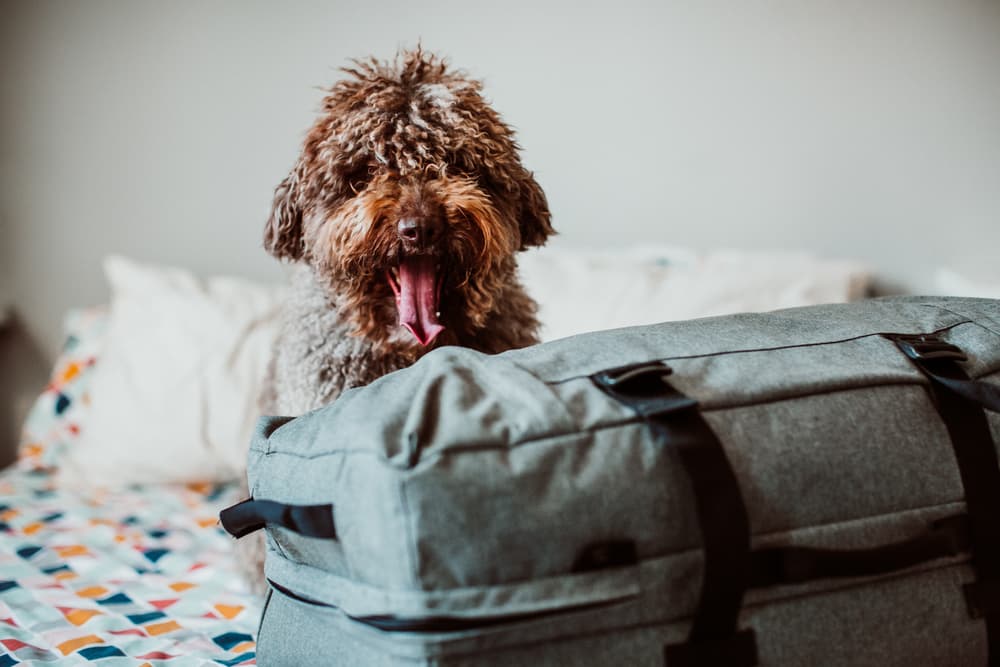
Dog Crates
The 7 Best Collapsible Dog Crates of 2024
Crate training is a beneficial practice for any dog—not only does it help speed up potty...
By Kate Hughes
1 Million
monthly readers
Est.
2011
+334
health topics

Enter the Cute Pet Contest and let your fur-baby steal the spotlight! From purr-fect kitties to tail-wagging wonders, showcase your pet's charm and win bragging rights.
Winners will receive a printed copy of HealthyPet magazine with their pet’s photo featured 🏆✨



We deliver advice from veterinarians, trainers, and pet experts who are dedicated to giving you the most trusted, authoritative information for keeping pets HEALTHY AND HAPPY.